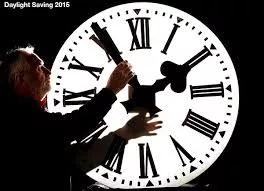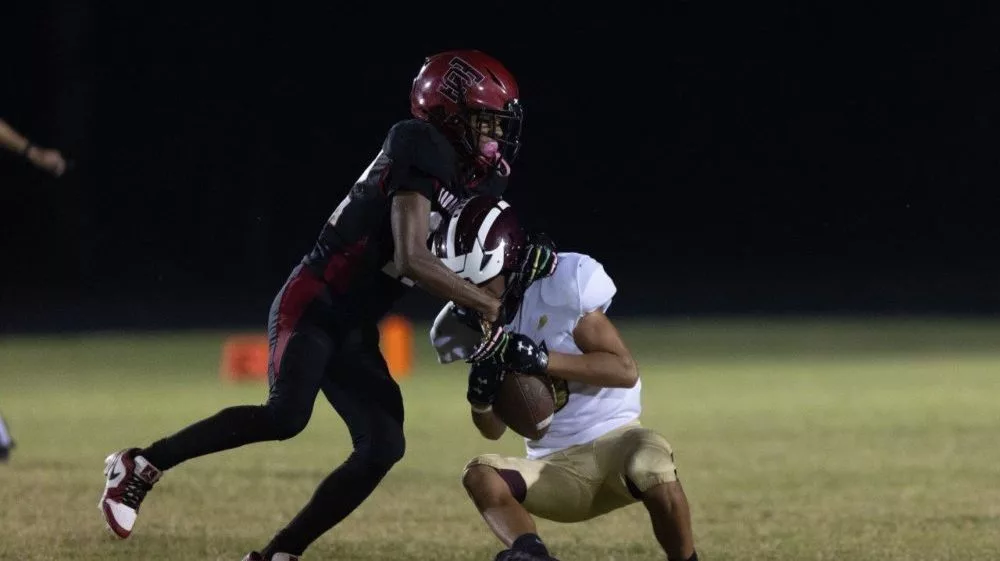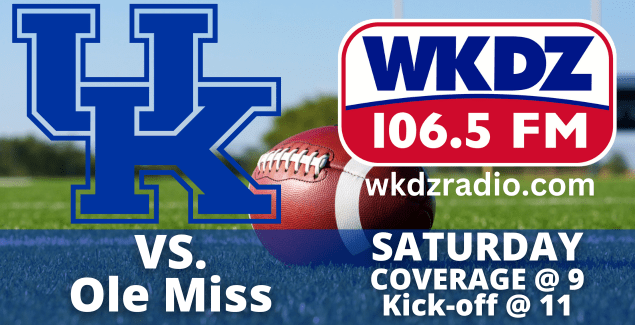Daylight saving time ended at 2:00 A.M. on Sunday, Nov. 6, 2016, as clocks were set back an hour. I have been going through this ritual for years and never stopped to find out much about it. So I’ve done my research.
While daylight saving time started in the United States primarily for the sake of conserving energy, some argue that is not the case anymore. Daylight Saving Time  began in Germany on May 1, 1916, in the hopes that it would save energy during World War I.
began in Germany on May 1, 1916, in the hopes that it would save energy during World War I.
Germans were first to mess with their clocks, they likely got the idea from Britain—and from someone whose ideas about Daylight Saving had little to do with conserving fuel. William Willett had in 1907 published The Waste of Daylight. Willett was inspired by an early-morning epiphany that “the sun shines upon the land for several hours each day while we are asleep” and yet there “remains only a brief spell of declining daylight in which to spend the short period of leisure at our disposal.” Though he did mention that it would save money to reduce the use of artificial lighting, his main purpose was the increase enjoyment of sunlight.
The first U.S. law on Daylight Saving Time went into effect on March 19, 1918 for the same fuel saving reasons, about a year after the country entered the war. But again, though the official reason was fuel saving, the U.S. Chamber of Commerce was the major backer for the policy, because Americans getting off work while it was still light out meant they would be more likely to go out shopping in the evening. Sports and recreation industries saw the light, too. Golf ball sales skyrocketed during Daylight Saving Time. Baseball was a huge early supporter, too, because there’s no artificial illumination of parks, so to get school kids and workers to ball games with the extended daylight, they have a later start time. Some even considered Daylight Saving Time a good health policy, given the extra time people had to be outdoors.
Golf ball sales skyrocketed during Daylight Saving Time. Baseball was a huge early supporter, too, because there’s no artificial illumination of parks, so to get school kids and workers to ball games with the extended daylight, they have a later start time. Some even considered Daylight Saving Time a good health policy, given the extra time people had to be outdoors.
But the policy also had its opponents—the movie industry hated Daylight Saving Time because people were much less likely to go into dark theaters when it was bright outside. The belief that farmers advocated for Daylight Saving is a common myth. In fact, Daylight Saving Time meant they had less time in the morning to get their milk and harvested crops to market. Some warned it was “taking us off God’s time.” It’s so unpopular when we experiment with Daylight Saving Time during World War I that before the Versailles Treaty is signed [at the end of the war], Congress is forced to sign a repeal to quell the revolt from the farm lobby. By 1966, President Lyndon B. Johnson signed the Uniform Time Act. It was the first peacetime Daylight Saving Time law said that the United States policy would be to observe six months of Daylight Saving Time and six months of Standard Time. In 1973, shortly after the oil embargo went into effect, President Richard Nixon called for year-round Daylight Saving Time.
Uniform Time Act. It was the first peacetime Daylight Saving Time law said that the United States policy would be to observe six months of Daylight Saving Time and six months of Standard Time. In 1973, shortly after the oil embargo went into effect, President Richard Nixon called for year-round Daylight Saving Time.
A brief trial ended—partly because of fears that children would get hit by cars in the dark—but Daylight Saving Time has nevertheless grown. In 1986, the U.S. started observing seven months of it—an extra month that the golf industry and manufacturers of barbecue equipment claimed was worth between $200 million and $400 million. And since 2005, the U.S. has been observing eight months of Daylight Saving Time. Through 2006, Daylight Saving Time in the U.S. ended a few days before Halloween (October 31). Children’s pedestrian deaths are four times higher on Halloween than on any other night of the year.
A new law to extend DST to the first Sunday in November took effect in 2007, with the purpose of providing trick-or-treaters more light and therefore more safety from traffic accidents. For decades, candy manufacturers lobbied for a Daylight Saving Time extension to Halloween, as many of the young trick-or-treaters gathering candy are not allowed out after dark, and thus an added hour of light means a big holiday treat for the candy industry. Anecdotally, the 2007 switch may not have had much effect, as it appeared that children simply waited until dark to go trick-or-treating. Many people intensely dislike Daylight Saving Time.
the first Sunday in November took effect in 2007, with the purpose of providing trick-or-treaters more light and therefore more safety from traffic accidents. For decades, candy manufacturers lobbied for a Daylight Saving Time extension to Halloween, as many of the young trick-or-treaters gathering candy are not allowed out after dark, and thus an added hour of light means a big holiday treat for the candy industry. Anecdotally, the 2007 switch may not have had much effect, as it appeared that children simply waited until dark to go trick-or-treating. Many people intensely dislike Daylight Saving Time.
Frequent complaints are the inconvenience of changing many clocks and adjusting to a new sleep schedule. For most people, this is a mere nuisance, but some people with sleep disorders find this transition very difficult. Indeed, there is evidence that the severity of auto accidents increases and work productivity decreases as people adjust to the time change. The argument continues over whether or not daylight saving time makes enough of an impact on energy costs to be worth observing. Feel free to leave comments and be sure to hit the “Like” button at the bottom of this post.






